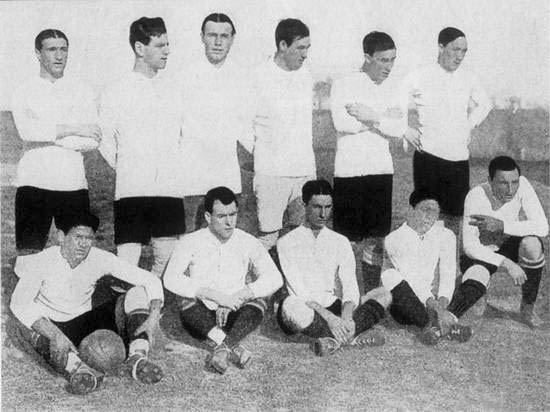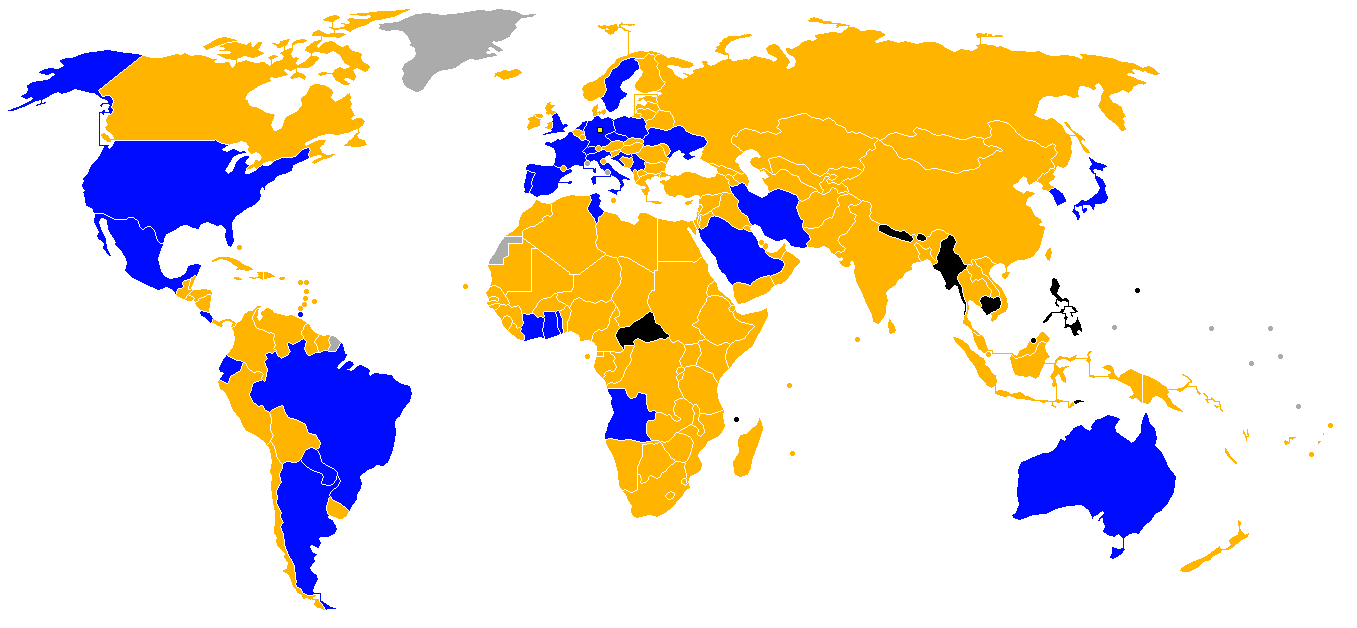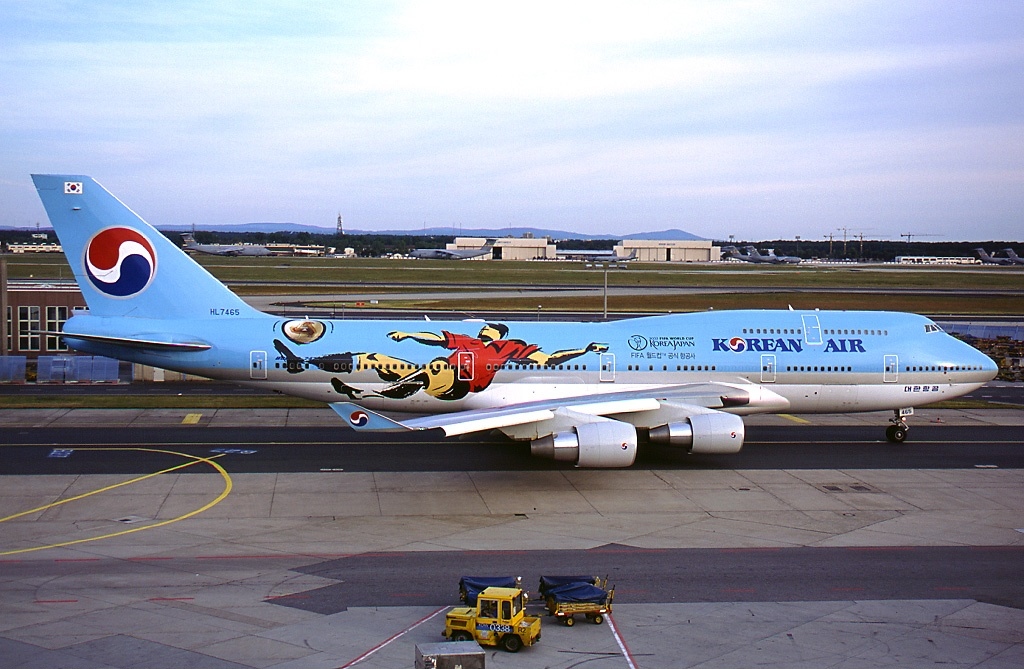|
Carlos Gamarra
Carlos Alberto Gamarra Pavón () (born 17 February 1971) is a Paraguayan former professional footballer who played as a centre back. He captained the Paraguay national team at international level and was for a long time the most capped player in Paraguayan football history, having made 110 international appearances and scoring 12 goals. Throughout his career, Gamarra was known for his leadership, physical strength, ability in the air, heading accuracy, and outstanding tackling skills, which made him one of the most respected defenders in South America. Gamarra appeared for the Paraguay national team 110 times, scoring 12 goals, from 1993 to 2006, representing the team at 10 major tournaments and captained the squad during the latter part of his career. He is the second most capped player of the national team, his record being broken by Paulo da Silva in 2013. Gamarra appeared for Paraguay at three FIFA World Cup tournaments (1998, 2002 and 2006), five Copa América tourname ... [...More Info...] [...Related Items...] OR: [Wikipedia] [Google] [Baidu] |
Ypacaraí
Ypacaraí is a town in the Central Department of Paraguay on the Lake Ypacarai. On the Paraguayan highway system, it is located between Asunción and Caacupé, near Areguá and San Bernardino. Known as the "City of Folklore" after the Ypacaraí Festival, it is located on the Ybytypanemá mountain range, which is in the Los Altos mountain range, near the Ypacaraí lake. In 2020, the village had a population of 28,283, and is 64.1 m above sea level. Notable agricultural crops of the area include tobacco and cotton. Lake Ypacaraí is popular with tourists and locals in the landlocked nation of Paraguay. Paraguayan footballer Carlos Gamarra is from Ypacaraí. Etymology Ypacaraí, means "''Conjured Lake''", so called because in 1603, the missionary Luis de Bolaños blessed the lake to contain its waters, since they flooded all the way to the Valley of Pirayú. The Guarani words, "ypa" means lake and "karai" means Lord or blessed, thus Paraguay has the Lord's Lake or Blessed Lake. ... [...More Info...] [...Related Items...] OR: [Wikipedia] [Google] [Baidu] |
Centre Back
In the sport of association football, a defender is an outfield position whose primary role is to stop attacks during the game and prevent the opposition from scoring. Centre-backs are usually positioned in pairs, with one full-back on either side to their left and right, but can be played in threes with or without full-backs. Defenders fall into four main categories: centre-back, sweeper, full-back, and wing-back. The centre-back and full-back positions are essential in most modern formations. The sweeper and wing-back roles are more specialised for certain formations dependent on the manager's style of play and tactics. Centre-backs are usually tall and positioned for their ability to win duels in the air. Centre-back The centre-back (also known as a central defender or centre-half, as the modern role of the centre-back arose from the centre-half position) defends in the area directly in front of the goal and tries to prevent opposing players, particularly centre-forwards ... [...More Info...] [...Related Items...] OR: [Wikipedia] [Google] [Baidu] |
Football At The 1992 Summer Olympics
The football competition at the 1992 Summer Olympics featured 16 national sides from the six continental confederations. The 16 teams were drawn into four groups of four and each group played a round-robin tournament. At the end of the group stage, the top two teams advanced to the knockout stage, beginning with the quarter-finals and culminating with the gold medal match at Camp Nou on 8 August 1992. For the first time, an age limit has been set for participants under the age of 23, which has been used ever since. Spain became the first host country to win the gold medal in an Olympic football tournament since Belgium in 1920, an achievement which would not be repeated again until Brazil won it in 2016. Till 2022, Spain is still the last European side that won the gold medal at men's football event in the Summer Olympics. Notably, these were the first matches played with football's new back-pass rule and was the last Olympic football competition which was open to men only bef ... [...More Info...] [...Related Items...] OR: [Wikipedia] [Google] [Baidu] |
2004 Copa América
The 2004 Copa América was the 41st edition of the Copa América, the South-American championship for international association football teams. The competition was organized by CONMEBOL, South America's football governing body, and was held in Peru, who hosted the tournament for the sixth time, from 6 to 25 July. The tournament was won by Brazil national football team, Brazil in a shootout over Argentina national football team, Argentina. This made Brazil hold the FIFA World Cup, World Cup and Copa América titles simultaneously for the second time in history, as happened after 1997 Copa América. There is no qualifying tournament for the final tournament. CONMEBOL's 10 South American countries participated, along with two more invited countries, making a total of twelve teams competing in the tournament. The two invited countries for this edition of the Copa América were Mexico national football team, Mexico and Costa Rica national football team, Costa Rica. Venues Squads ... [...More Info...] [...Related Items...] OR: [Wikipedia] [Google] [Baidu] |
1999 Copa América
The 1999 Copa América was a football tournament held in Paraguay, from 29 June to 18 July. It was organized by CONMEBOL, South America's football governing body. There was no qualifying for the final tournament. Mexico and Japan were invited to take part, with the latter becoming the first team to from outside the Americas to participate in the competition. Uruguay sent a youth team. Competing nations As with previous tournaments, all ten members of CONMEBOL participated in the competition. In order to bring the number of competing teams to twelve, CONMEBOL invited Mexico (accepting their fourth invitation) from the CONCACAF and Japan from the AFC. * * * (holders) * * * * (invitee) * (invitee) * (hosts) * * * Venues A total of four host cities hosted the tournament. The opening and final game were hosted by Estadio Defensores del Chaco. Squads For a complete list of participating squads: '' 1999 Copa América squads'' Venue selection Paraguay was chosen to b ... [...More Info...] [...Related Items...] OR: [Wikipedia] [Google] [Baidu] |
1997 Copa América
Bolivia hosted the Copa América for the second time in its 38th edition. It was held from 11 to 29 June. It was organized by CONMEBOL, South America's football governing body. There is no qualifying for the final tournament. All South American countries (10 countries) participate, along with two more invited countries, making a total of 12 teams competing in the tournament. In the 1997 edition, Costa Rica and Mexico were the invitees. The tournament was won by Brazil, who became the first team to hold the Copa América and the World Cup at the same time, a feat they would repeat in 2004. Venues Squads For a complete list of participating squads: '' 1997 Copa América squads'' Match officials Argentina * Horacio Elizondo Bolivia * René Ortubé * Juan Carlos Paniagua Brazil * Antônio Pereira Chile * Eduardo Gamboa Colombia * Rafael Sanabria Costa Rica * Rodrigo Badilla Ecuador * Byron Moreno Mexico * Antonio Marrufo Paraguay * Epifanio González P ... [...More Info...] [...Related Items...] OR: [Wikipedia] [Google] [Baidu] |
1995 Copa América
The 1995 Copa América football tournament was staged in Uruguay. It was won by Uruguay, who beat Brazil 5–3 in the penalty shootout after a 1–1 draw in the final. All 10 CONMEBOL members took part, with Mexico and the United States invited in order to reach 12 teams. The United States were the surprise of the tournament, beating defending champions Argentina 3–0 and winning the group. The United States went on to defeat Mexico on penalties in the second round but then lost to Brazil 1–0 in the semi-finals. They then fell to Colombia 4–1 in the third-place game, finishing fourth overall. In this edition of the tournament, extra time was not played if a match was drawn after 90 minutes. Instead it went straight to a penalty shootout. Venues Squads For a complete list of all participating squads: '' 1995 Copa América squads'' Match officials Argentina * Javier Castrilli Bolivia * Pablo Peña Brazil * Márcio Rezende de Freitas Chile * Salvador Imperatore C ... [...More Info...] [...Related Items...] OR: [Wikipedia] [Google] [Baidu] |
1993 Copa América
The 1993 Copa América was the 36th Copa América, CONMEBOL's football tournament for national teams. It was held in Ecuador between 15 June and 4 July. All 10 CONMEBOL members took part, but for the first time two nations from outside CONMEBOL were invited to take part in the tournament, to round out the format. Mexico and the United States, both of CONCACAF, were the invited teams for this tournament. Argentina defeated Mexico in the final 2–1 to win their record 14th continental championship, also their last senior title until 2021. It was the first edition of the Copa América in which neither Brazil nor Uruguay finished in the top four. b ... [...More Info...] [...Related Items...] OR: [Wikipedia] [Google] [Baidu] |
Copa América
The Copa América ( en, America Cup) or CONMEBOL Copa América, known until 1975 as the South American Football Championship (''Campeonato Sudamericano de Fútbol'' in Spanish and ''Campeonato Sul-Americano de Futebol'' in Portuguese), is the top men's football tournament contested among national teams from South America. It is the oldest still-running continental football competition, as well as the third most watched in the world. The competition determines the champions of South America. Since the 1990s, teams from North America and Asia have also been invited to compete. Since 1993, the tournament has generally featured 12 teams—all 10 CONMEBOL teams and two additional teams from other confederations. Mexico participated in every tournament between 1993 and 2016, with one additional team drawn from CONCACAF, except for 1999, when AFC team Japan filled out the 12-team roster, and 2019, which featured Japan and Qatar. The 2016 version of the event, Copa América Cente ... [...More Info...] [...Related Items...] OR: [Wikipedia] [Google] [Baidu] |
2006 FIFA World Cup
The 2006 FIFA World Cup, also branded as Germany 2006, was the 18th FIFA World Cup, the quadrennial international football world championship tournament. It was held from 9 June to 9 July 2006 in Germany, which had won the right to host the event in July 2000. Teams representing 198 national football associations from all six populated continents participated in the qualification process which began in September 2003. Thirty-one teams qualified from this process along with hosts Germany for the finals tournament. It was the second time that Germany staged the competition and the first as a unified country along with the former East Germany with Leipzig as a host city (the other was in 1974 in West Germany), and the 10th time that the tournament was held in Europe. Italy won the tournament, claiming their fourth World Cup title, defeating France 5–3 in a penalty shoot-out in the final after extra time had finished in a 1–1 draw. Germany defeated Portugal 3–1 to finis ... [...More Info...] [...Related Items...] OR: [Wikipedia] [Google] [Baidu] |
2002 FIFA World Cup
The 2002 FIFA World Cup, also branded as Korea Japan 2002, was the 17th FIFA World Cup, the quadrennial Association football, football world championship for List of men's national association football teams, men's national teams organized by FIFA. It was held from 31 May to 30 June 2002 at sites in South Korea and Japan, with its 2002 FIFA World Cup Final, final match hosted by Japan at Nissan Stadium (Yokohama), International Stadium in Yokohama. A field of 32 teams qualified for this World Cup, which was the first to be held in Asia, the first to be held outside of the Americas or Europe, as well as the first to be jointly-hosted by more than one nation. China national football team, China, Ecuador national football team, Ecuador, Senegal national football team, Senegal, and Slovenia national football team, Slovenia made their World Cup debuts. The tournament had several upsets and surprise results, which included the defending champions France national football team, Franc ... [...More Info...] [...Related Items...] OR: [Wikipedia] [Google] [Baidu] |
1998 FIFA World Cup
The 1998 FIFA World Cup was the 16th FIFA World Cup, the football world championship for men's national teams. The finals tournament was held in France from 10 June to 12 July 1998. The country was chosen as the host nation by FIFA for the second time in the history of the tournament, defeating Morocco in the bidding process. It was the second time that France staged the competition (the first was in 1938) and the ninth time that it was held in Europe. Spanning 32 days, it is the longest World Cup tournament ever held. Qualification for the finals began in March 1996 and concluded in November 1997. For the first time in the competition, the group stage was expanded from 24 teams to 32, with eight groups of four. 64 matches were played in 10 stadiums in 10 host cities, with the opening match and final staged at the newly built Stade de France in the Parisian commune of Saint-Denis. The tournament was won by host country France, who beat defending champions Brazil 3–0 ... [...More Info...] [...Related Items...] OR: [Wikipedia] [Google] [Baidu] |
.jpg)

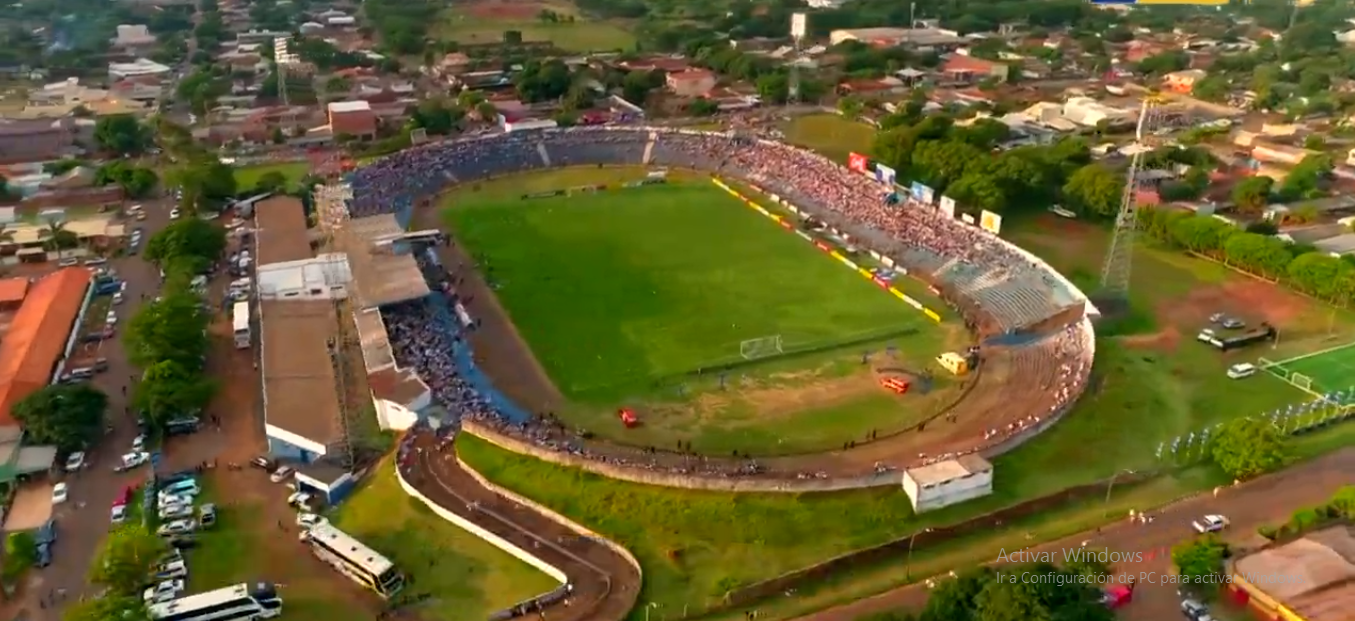
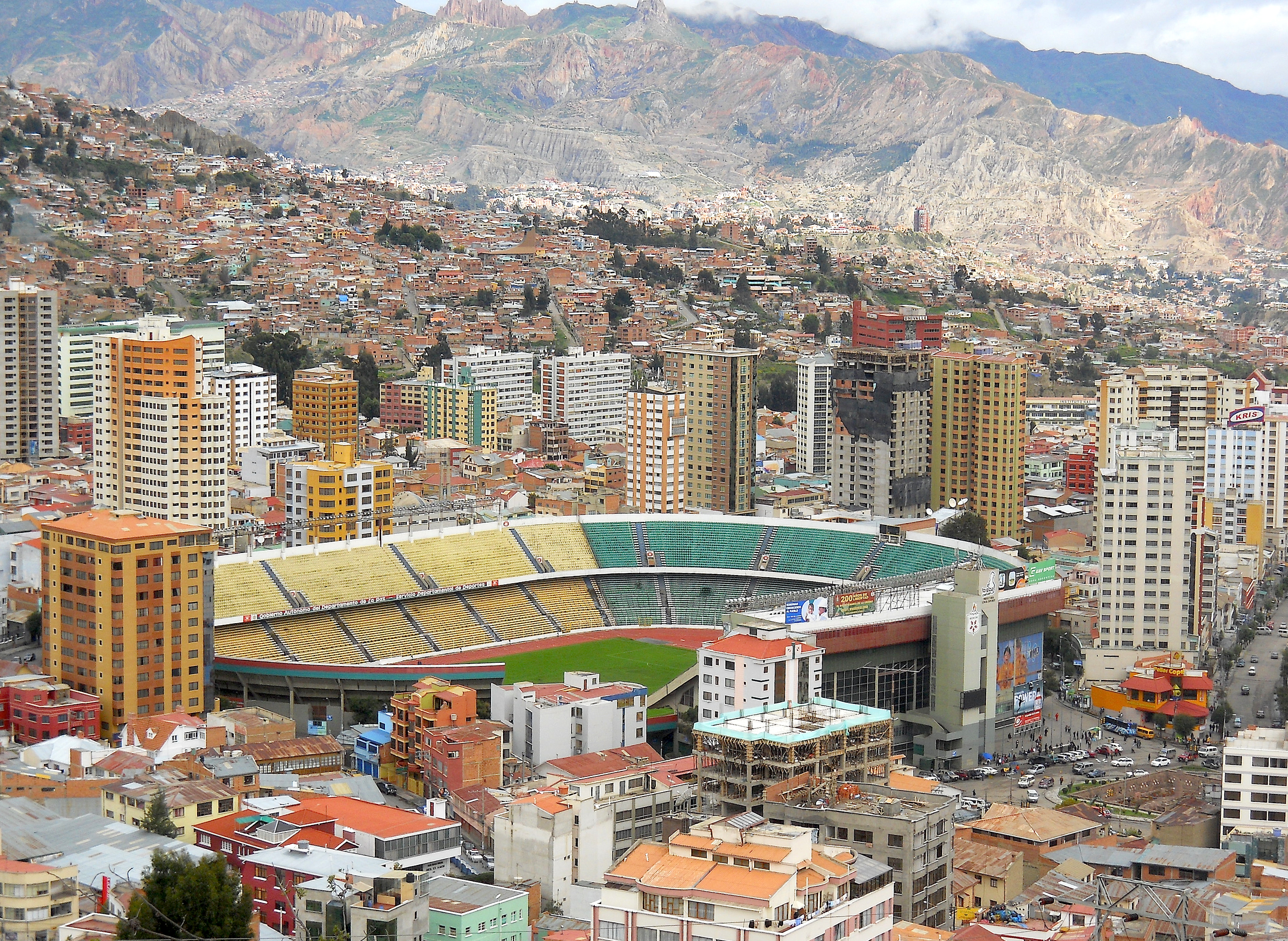
.jpg)
.jpg)
